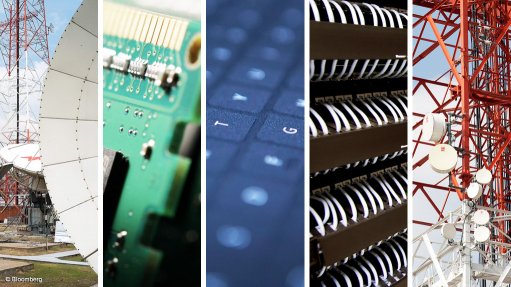
Following Cabinet approval this week, the Department of Communications (DoC) on Friday published South Africa’s long-awaited broadband plan to close the nation’s broadband gap.
The much-revised National Broadband Policy, Strategy and Plan, also known as ‘South Africa Connect’, aimed to fast-track South Africa’s broadband backbone and access infrastructure, particularly within rural and underserved areas, and meet the country’s vision of broadband for all by 2020.
The plan outlined a four-pronged strategy, with supply- and demand-side interventions, that would close identified gaps between the current status of broadband and the vision of a “seamless information infrastructure” by 2030.
“Ensuring that broadband is universally accessible across the country at a cost and quality that meets the needs of citizens, business and the public sector, and which enables the optimal use of its potential, requires a sophisticated response and coordinated action by a range of role-players,” the document stated.
The new broadband plan would be realised through four complementary interventions, namely digital readiness, digital development, digital future and digital opportunity.
Digital readiness would lay the foundations for South Africa’s broadband future through policy and regulatory frameworks and institutional capacity, while digital development would see the aggregation of public sector demand, the procurement of high and “future-proof” network capacity, and the stimulation of network builds by operators through the reduction of associated investment risk.
Building the digital future entailed a roadmap for public and private investment in the next-generation broadband networks, which would enable sharing and cooperation on open access wholesale network builds and operations through economies of scale, risk reduction and guaranteed returns.
This would lead, finally, to the realisation of digital opportunity, which would ensure people harnessed the benefit of broadband through skills development, research, development, innovation, entrepreneurship and the development of relevant content and applications.
The plan envisaged that a universal average broadband speed of 5 Mb/s would be accessible by 50% of South Africa’s population by 2015. By 2020, the department envisaged 100% access at a minimum speed of 5 Mb/s, with about 50% of the population able to access speeds of up to 100 Mb/s.
By 2030, 100% of the population was expected to have access to a minimum speed of 10 Mb/s, while 80% was expected to access speeds of up to 100 Mb/s.
The connection of government facilities, schools and health facilities would follow a similar path.